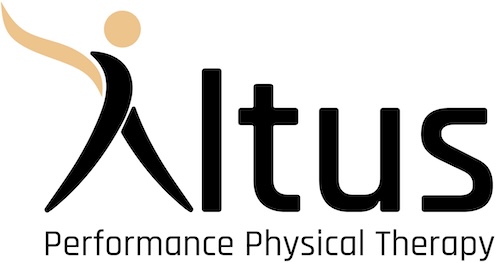When most people think about building strength, they imagine the “mirror” muscles… the biceps, quads, or abs. But one of the most important muscle groups for functional and quality of life is hidden from view: the pelvic floor. These muscles play a vital role in core stability, bladder and bowel control, sexual function, and overall movement performance.
How Common Is Pelvic Floor Dysfunction?
Pelvic floor issues are far more common than you might realize.
-
1 in 3 women will experience pelvic floor dysfunction at some point in their lives.
-
Between 25–45% of women report urinary incontinence
-
Nearly 50% ofwomen >50 years old experience some degree of pelvic organ prolapse.
-
After childbirth, up to 50% of women report pelvic floor symptoms.
-
16–25% of men experience pelvic floor dysfunction, often related to prostate surgery, chronic constipation, or heavy lifting.
What Are Pelvic Floor Contractions?
The pelvic floor is a hammock-like group of muscles strung across the base of your pelvis. A pelvic floor contraction,commonly referred to as Kegels, is the intentional tightening and lifting of these muscles, in order to isolate, activate, and strengthen them (just as a bicep curl strengthens your bicep).
An important note, a contraction is not about squeezing as hard as you can—it’s about controlled activation and relaxation. Just like any muscle, the pelvic floor needs both strength and flexibility to function well.
Why Are They Important?
Pelvic floor contractions help with:
-
Core stability: The pelvic floor is a crucial part of your deep core system, working alongside your diaphragm, transverse abdominis, and multifidus.
-
Bladder and bowel control: A strong pelvic floor can reduce or prevent leakage, urgency, or prolapse.
-
Sexual health: Improved circulation and muscle control can enhance sexual function.
-
Postpartum recovery: Pregnancy and childbirth place huge demands on the pelvic floor. Properly retraining these muscles is essential for recovery to reduce prolonged dysfunction.
-
Pelvic pain: Sometmes the pelvic floor muscles become too tight, causing pain with sexual activity and toileting, necessitating the need to downregulate and retrain relaxation techniques.
-
Athletic performance: From lifting heavy weights to running, your pelvic floor contributes to how efficiently you generate and transfer force.
How to Perform a Pelvic Floor Contraction
-
Find the muscles: Imagine trying to stop your urine midstream. You should feel a gentle lift inside your pelvis.Think of your pelvic floor like an elevator. You want a smooth lift up and a controlled return down—not a jerky squeeze and drop.
-
Start gently: Inhale to relax. As you exhale, gently lift and contract the pelvic floor muscles, lifting from front to back.
-
Isolate: Quality over quantity—avoid squeezing your glutes, thighs, or holding your breath.
-
Hold and release: Hold the contraction for 3–5 seconds, then fully relax for the same amount of time. Repeat for 10 reps, 3-5x/day.
When to Seek Help
If you’re unsure whether you’re contracting the right muscles, or if you struggle with leakage, heaviness, pelvic pain, or postpartum recovery, working with a physical therapist can make all the difference. Many people don’t realize they’re actually bearing down instead of lifting, or they may need relaxation techniques before strengthening.
At Altus Performance Physical Therapy, we specialize in helping active adults and new mothers restore optimal pelvic floor health so you can move, perform, and live without limitations.
